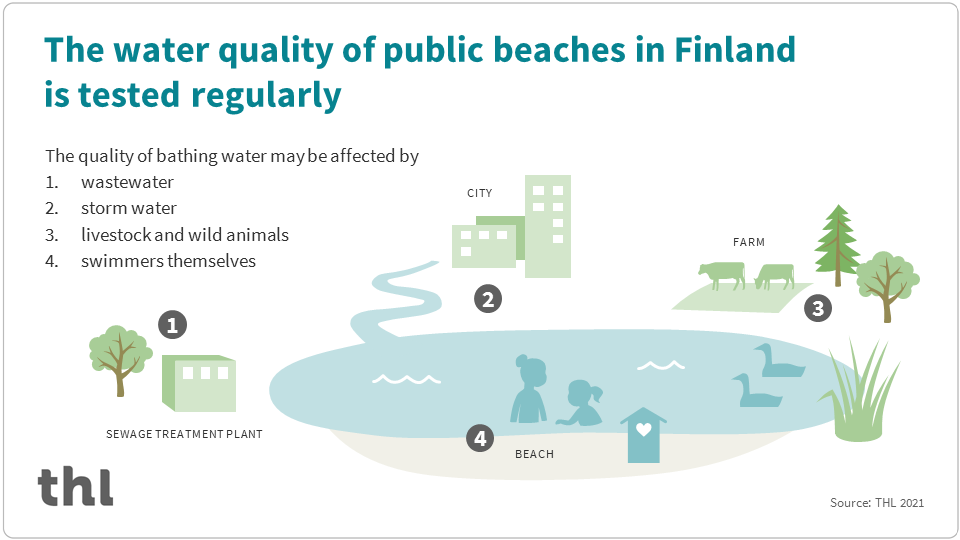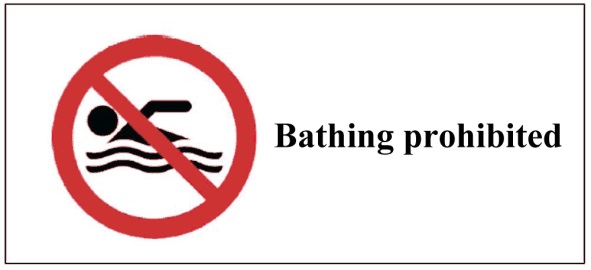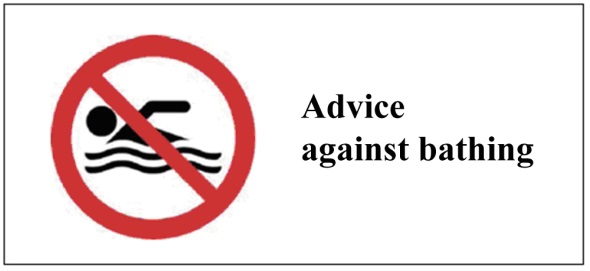Bathing water outbreaks
The contamination of bathing water by wastewater or the faeces of bathers, for example, may lead to a waterborne outbreak related to bathing water. The outbreak may also spread within a beach area as the result of dirty toilet facilities and poor hand hygiene.

How to prevent bathing water outbreaks
The prevention of outbreaks related to beach environments requires measures to be taken by both the beach users and the beach maintenance services.
- The washing, dressing and toilet facilities of the beach must be kept tidy. The facilities must be equipped with sufficient amounts of hand soap and hand towels, toilet paper and waste bins.
- Bathers are responsible for their own hygiene and must use the washing facilities and toilets provided in the beach area.
- Changing nappies and the related washing activities must not be performed in the bathing water.
- Bathers must avoid going in the water if they have been vomiting or have diarrhoea.
- Bathers must read the current news and instructions concerning the beach that they are using and act accordingly.
The provision of up-to-date information is important in order to prevent and limit any outbreaks. The municipal health protection authority may order a bathing prohibition for a beach or recommend that bathing be avoided if it suspects that the bathing water may cause health hazards.






